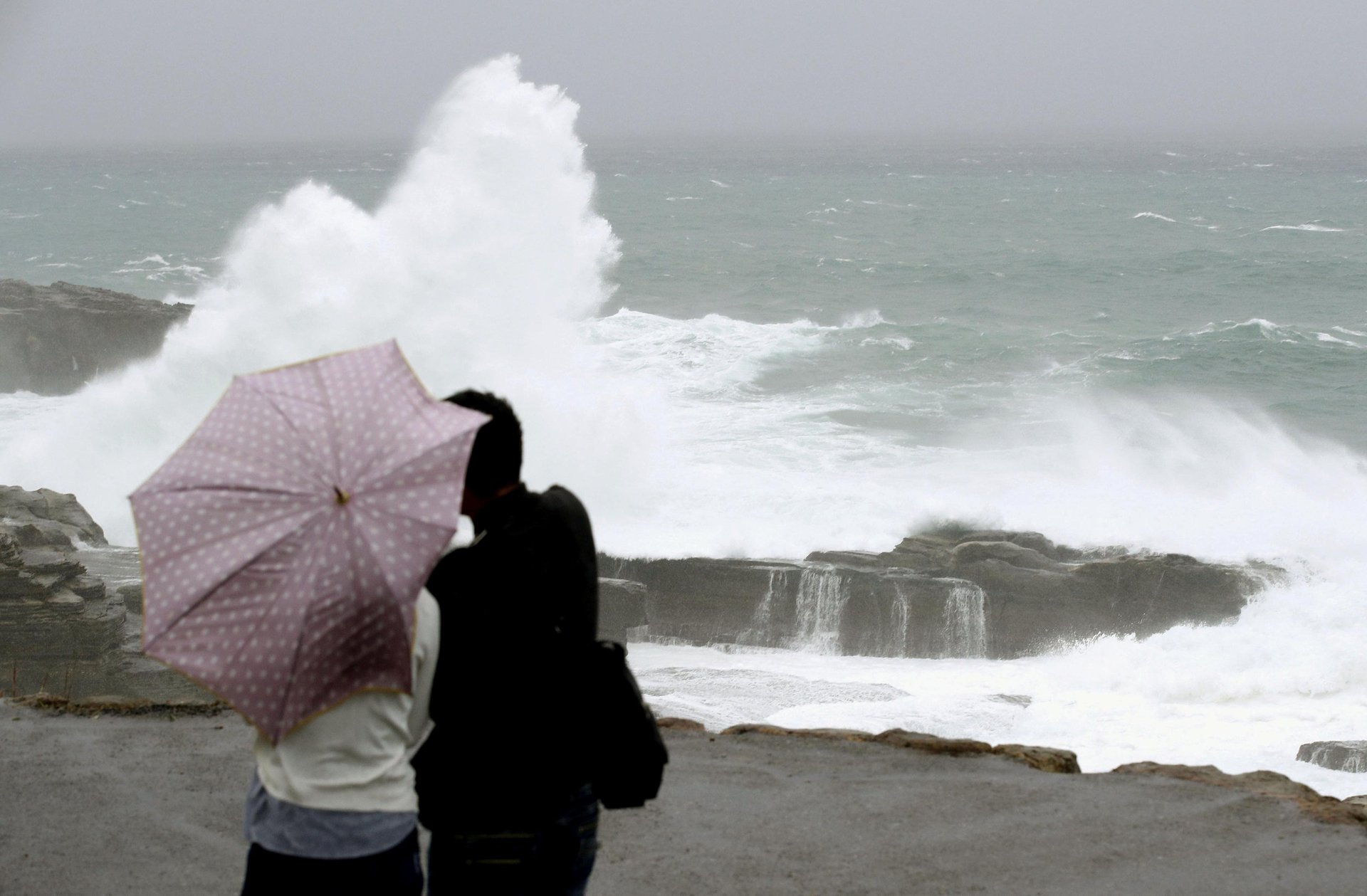Typhoon Lan lashed Tokyo on the weekend, but didn’t put a dent in election turnout
Super Typhoon Lan, a Category-4 equivalent hurricane, wreaked havoc across Japan’s main island over the weekend, just as people went to the polls to vote in parliamentary elections.


Super Typhoon Lan, a Category-4 equivalent hurricane, wreaked havoc across Japan’s main island over the weekend, just as people went to the polls to vote in parliamentary elections.
The storm, known as Typhoon No. 21 in Japan—being the 21st typhoon to hit the country this season—left three dead (link in Japanese) in Fukuoka, Yamaguchi, and Osaka. After making landfall early this morning (Oct 23.) in central Japan’s Shizuoka prefecture, the typhoon will pass over Tokyo and continue to move northward to the Tohoku region on the main island of Honshu. The Japan Meteorological Agency said the storm had weakened but warned of high levels of rainfall and flooding. US naval air facility Atsugi reported widespread power outages.
Japan saw hundreds of cancelled flights, and train schedules have also been affected. Auto maker Toyota closed some of its plants for the day.
Niyoumura You, a meteorologist, wrote that (link in Japanese) although many people believe that peak typhoon season in Japan is in the summer, some of the most powerful typhoons historically have struck in October.

Ahead of yesterday’s (Oct. 22) election, political parties urged voters to cast their ballots early to avoid the worst of the typhoon weather on the actual day of voting. As a result, early-voting levels increased about 1.5 times compared to the last lower-house elections in 2014. In the end, the total voting turnout was 53.6%, slightly better than the 52.66% in 2014’s House of Representatives election, according to the ministry of internal affairs and communications. It’s still the second-lowest turnout (link in Japanese) in a lower-house election in the post-war period, signaling apathy among the electorate.
Prime minister Shinzo Abe retained his two-thirds majority in Japan’s lower house.
The counting of ballots remains delayed in four constituencies Japan, such as Okinawa (link in Japanese) and Saga prefecture (link in Japanese) on the island of Kyushu, as poor weather obstructed the delivery of ballot boxes from some remote offshore islands there.